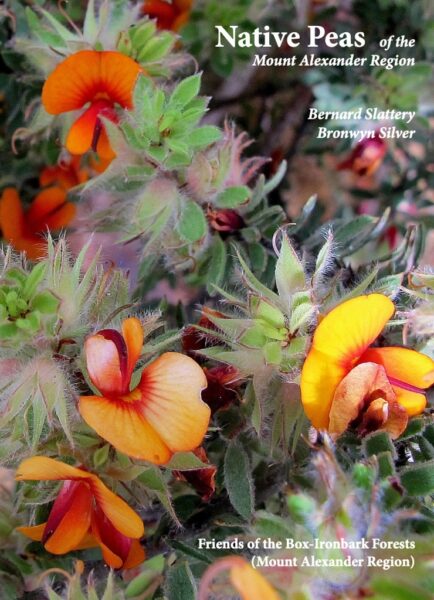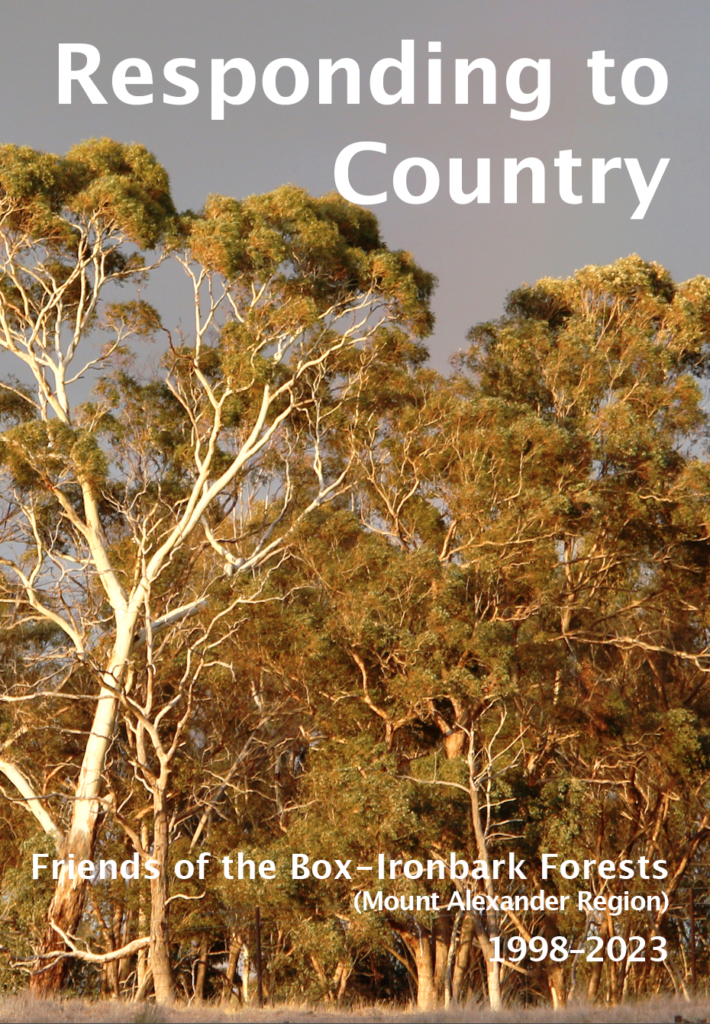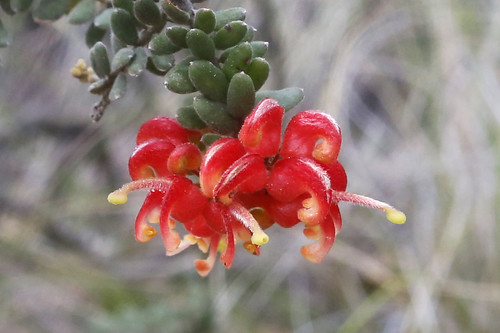Elaine Bayes and Damien Cook who were the leaders on our recent Chewton bush walk showed us that by looking closely at a small area you can often see an amazing number of plants. They identified 25-30 in the square metre they selected. A couple of FOBIF members decided to return to the area a few days later to see how many plants mainly in flower they could photograph on a small hillside. This is the result.
- Small-leaf Parrot-pea
- Billy Buttons
- Hardenbergia
- White Marianth
- Tiny star
- Common Wood-rush
- Early Nancies
- Polytrichum juniperinum
- Tall Sundew
- Rice-flower
Our October walk will be led by Alex Panelli in the Fryers Ranges. We are meeting at Continuing Ed at 9.30 on October 16.

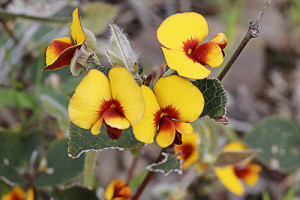
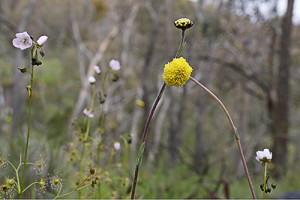
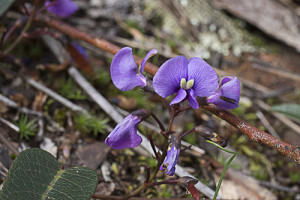

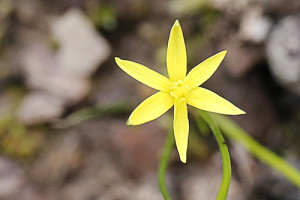
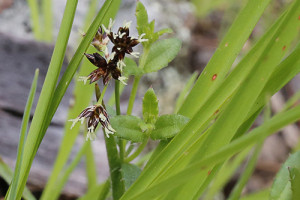

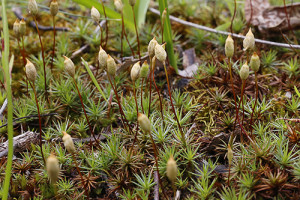
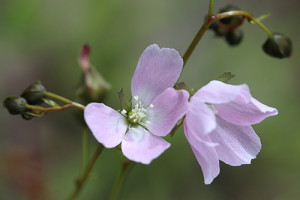
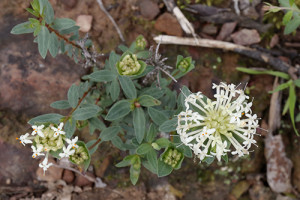
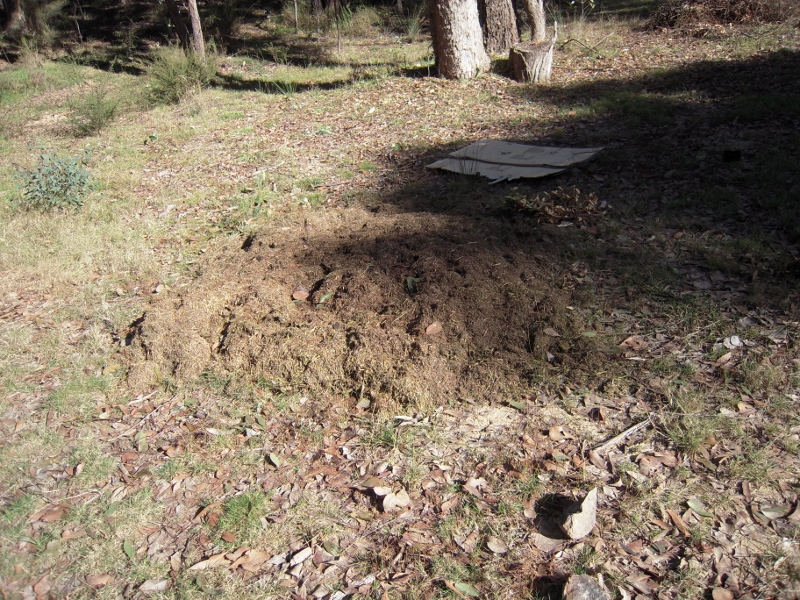
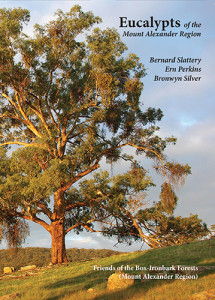
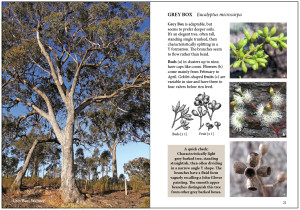
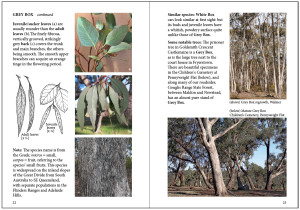
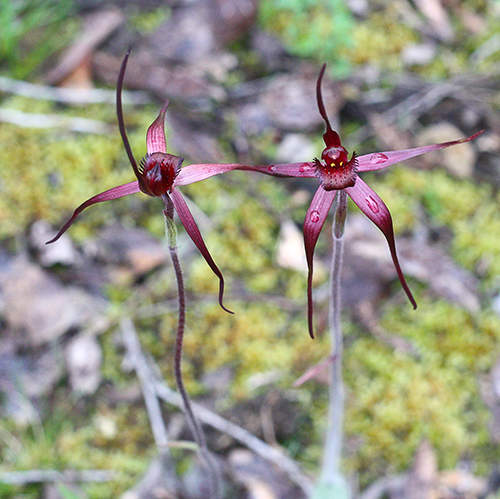
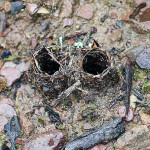
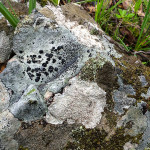
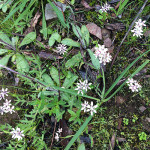
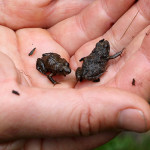
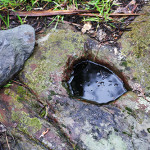
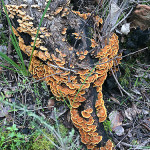
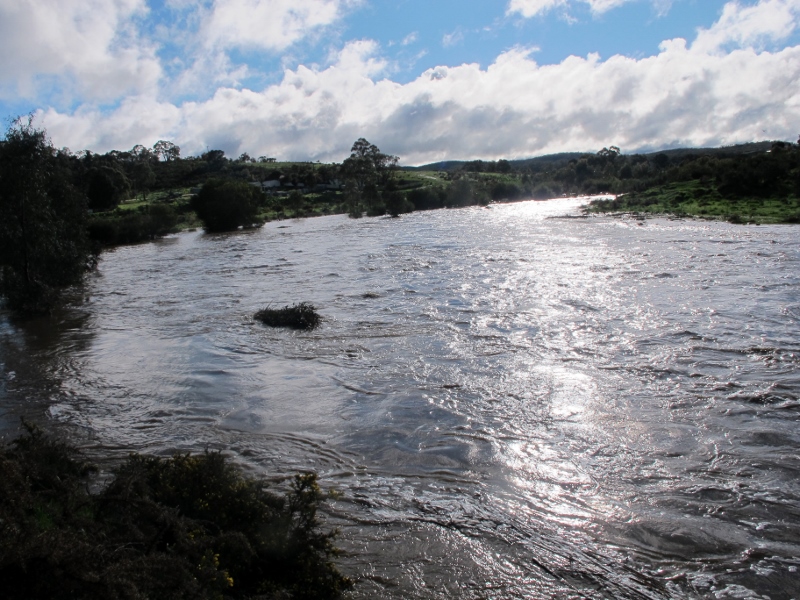
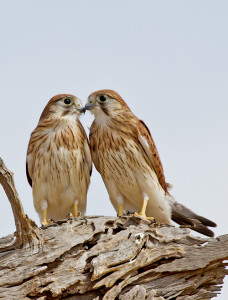
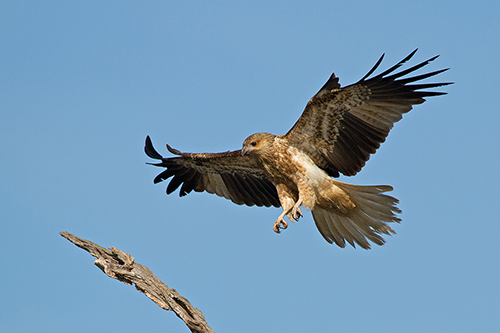
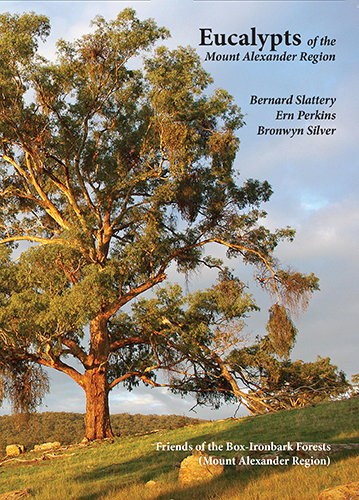
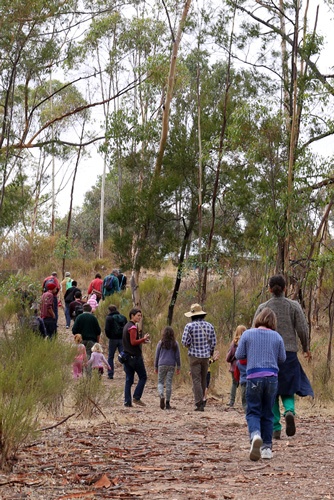

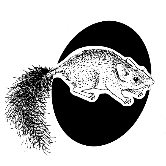
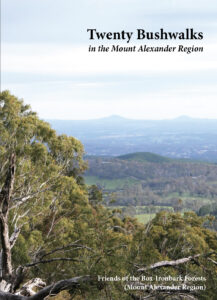
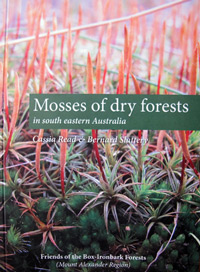 Click on image for info/order page
Click on image for info/order page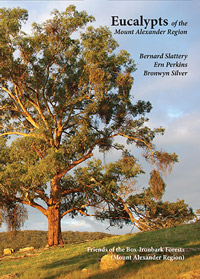 Click on image for info/order page
Click on image for info/order page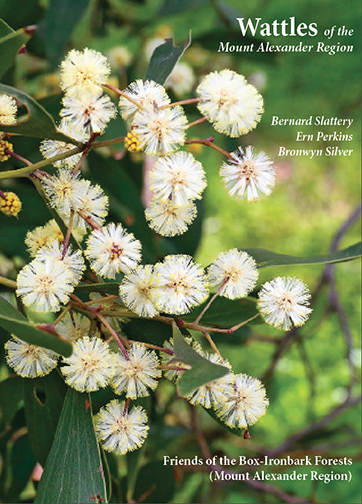 Click on image for info/order page
Click on image for info/order page